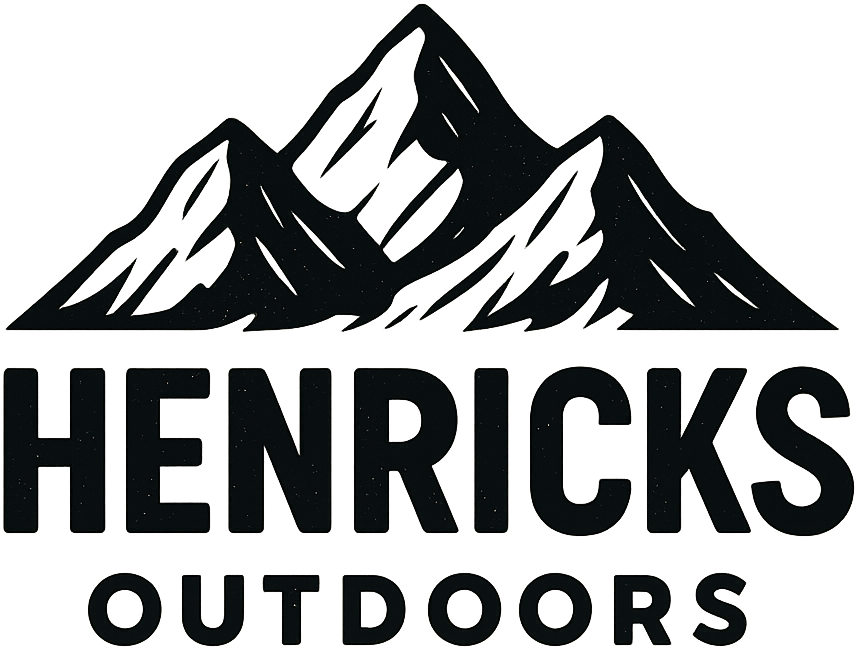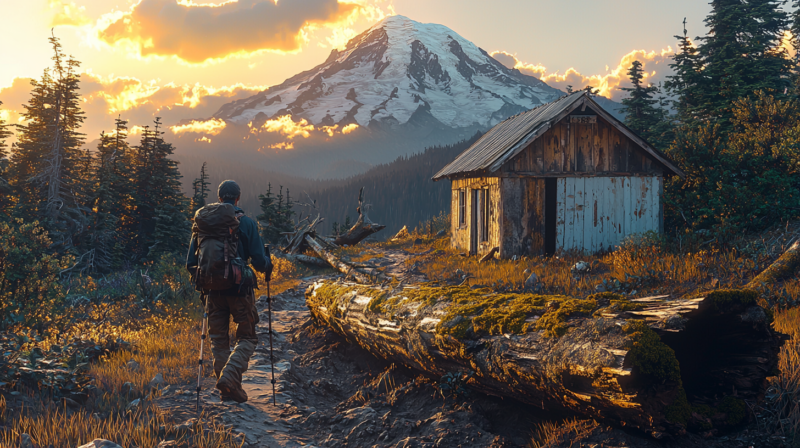Your trusted trail guide shows you — simple, low‑cost ideas that fit into a busy week.
If you’ve ever stared out the window from your desk and wished you could just step outside, this is for you. No expensive gear. No long drive. Just a little planning and a splash of wilderness.
TL;DR (Snippet‑Friendly)
Micro‑adventures = short, local getaways that require little gear, time, or money.
Use the 5‑C framework (Choose, Check, Cut, Carry, Connect) to plan yours. Try a backyard bivvy, a night in the woods, or a wild swim. You likely already own everything you need — and total prep takes under two hours.
1. What Is a Micro‑Adventure?
| Element | Typical Range |
|---|---|
| Length | A few hours → 1 night |
| Travel | ≤ 2 hrs (often < 30 min) |
| Gear | Things you already own or <$20 |
| Cost | Free‑to‑low (no hotels, no flights) |
| Skill | Beginner‑friendly, scalable |
Think of it as “adventure in a nutshell.” The perfect escape from a packed schedule or stretched budget.
2. Why Micro‑Adventures Are Perfect for Busy People
- Mental reset – Even a short nature break lowers stress and sparks creativity.
- Zero vacation stress – No PTO requests or hotel bookings needed.
- Budget‑friendly – Proof you don’t need pricey gear to feel alive outside.
- Habit‑building – Repeatable, doable, and momentum‑building.
My first backyard bivvy came after a 60‑hour work week. It was the most refreshing “vacation” I’d had in years—and it sparked a weekly ritual I still rely on.
3. The 5‑C Planning Framework
| Step | Action | Time‑Saver Tip |
|---|---|---|
| Choose | Pick a location (yard, local woods, lake). Stay within 2 hours. | Google “Parks near me” → filter “Open now.” |
| Check | Look at weather, tides, daylight, and local rules. | Screenshot forecast and park rules to your phone. |
| Cut | Trim your plan to just the essentials. | Ask: “Can I set this up in 30 minutes?” If yes, keep it. |
| Carry | Use what you already own. Pack light. | Grab a dry bag or daypack from your closet. |
| Connect | Let someone know your plan. | Use this template: “At X, back by Y. Check in @ Z.” |
4. Gear Checklist – You Likely Already Have It
| Item | Purpose | What to Use |
|---|---|---|
| Sleeping bag / bivvy sack | Core warmth | 3‑season bag or $10–$15 emergency bivvy |
| Ground insulation | Prevents heat loss | Yoga mat, foam pad, spare blanket |
| Waterproof layer | Keeps you dry | Rain jacket, poncho, or plastic sheeting |
| Headlamp + batteries | Night setup and safety | Any working headlamp + backup AA/AAA |
| Stove or fire-starter (optional) | Morale boost + hot drink | Pocket stove, flint-steel, or lighter |
| Simple food | Energy and comfort | Trail mix, instant noodles, sandwich |
| First‑aid kit | Basic safety | Band-aids, wipes, ibuprofen — check your medicine cabinet |
| Phone + power bank | Navigation & emergency | Any 5,000mAh charger or higher |
| Trash bag | Leave No Trace | Reuse a grocery bag or Ziploc |
Pro tip: Got kids’ camping gear? That old pop‑up tent or tarp is perfect for a no‑cost backyard bivvy.
5. Three Easy Micro‑Adventures to Try This Week
🏡 A. Backyard Bivvy – “Mini-Wildland at Home”
- Pick a flat patch of lawn or patio.
- Use a tarp as roof, sleeping bag below.
- Add comfort: yoga mat, pillow, cozy layers.
- Create mood: fairy lights or red headlamp glow.
- Wind down: read, journal, sip tea, or stargaze.
- Dismantle before sunrise—yard restored!
Time: 30–45 minutes setup | Cost: $0–$15
🌲 B. Overnight in the Local Woods – “Star-Lit Sprint”
- Find a forest or park with free primitive camping.
- Check rules—some allow walk‑in camping, no permit needed.
- Bring just essentials: shelter, snacks, water, light.
- Arrive ~30 min before sunset to set up in daylight.
- Optional: small campfire (if legal) and a quiet hike.
- Pack out at sunrise, feeling totally reset.
Time: ~2 hrs total | Cost: $0–$10
💦 C. Wild Swim – “Nature’s Cold Plunge”
- Find a nearby lake or river that allows swimming.
- Check for water hazards, depth, temp, and signs.
- Bring: swimsuit, towel, water, snack, dry bag.
- Arrive early or late for fewer crowds and gentler light.
- Swim close to shore for 5–10 minutes.
- Warm up after with a walk or warm drink.
Time: 2–3 hrs total | Cost: Free
6. Safety & Leave‑No‑Trace (Always, Always Do This)
- Tell someone where you’re going and when you’ll return.
- Fully charge your phone + bring a power bank.
- Scan for hazards like tides, poison ivy, sharp debris.
- Stay visible — don’t wander too far from your setup.
- Pack out everything, even compostables.
- Use fire responsibly — only where allowed, and extinguish fully.
- Know your limits — cold water and unfamiliar terrain can surprise you.
7. Make Micro‑Adventuring a Weekly Habit
| Habit Trick | How to Apply It |
|---|---|
| Block the time | Add “Adventure Hour” to your calendar. |
| Start small | Even 30 minutes outside counts. |
| Record it | Snap a photo or write a sentence to reinforce the habit. |
| Share it | Post in a local group or use #MicroAdventureCloseToHome. |
| Reflect & improve | After each trip, note what worked and what didn’t. |
| Gamify it | Use an app like Streaks or Habitica to earn “points.” |
Tiny adventures build big momentum. A consistent outdoor routine does more for your mind and soul than a once-a-year trip.
8. Quick‑Start Checklist (Stick This on Your Fridge!)
- □ Choose a spot & date
- □ Check weather + rules
- □ Tell a friend/family
- □ Pack essentials (bivvy, headlamp, snack, water, first-aid, phone, trash bag)
- □ Set calendar reminder
- □ Leave no trace, always
⛺ Your Next Adventure Is Just a Few Steps Away
You don’t need plane tickets or REI receipts to feel wild. Micro‑adventures are within reach—physically, financially, and emotionally.
So… ready to start? Pick one idea. Walk through the 5‑C plan. Snap a photo, and tag it with #MicroAdventureCloseToHome. I’ll be watching — and probably brewing tea under a backyard tarp while you do.
Adventure doesn’t wait for perfect conditions. Just step outside.

